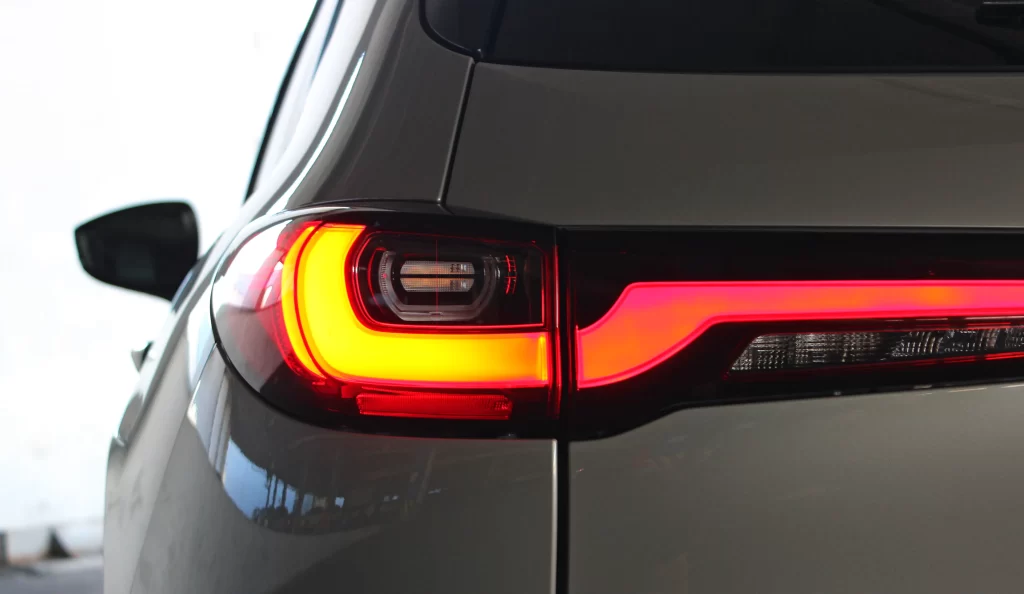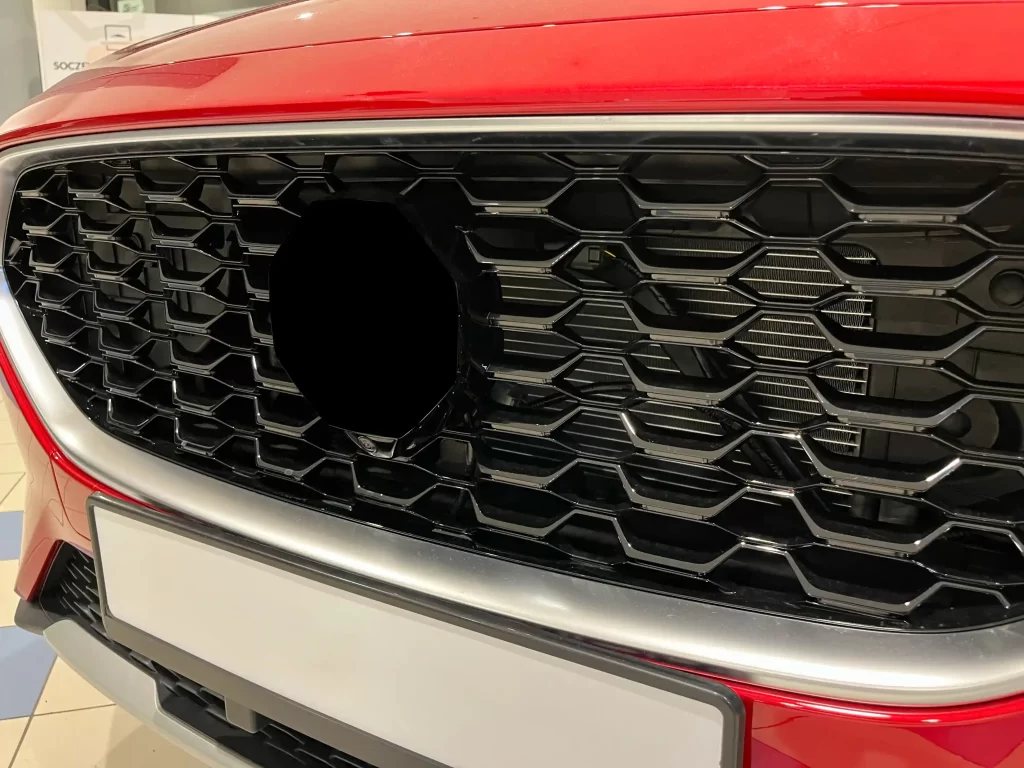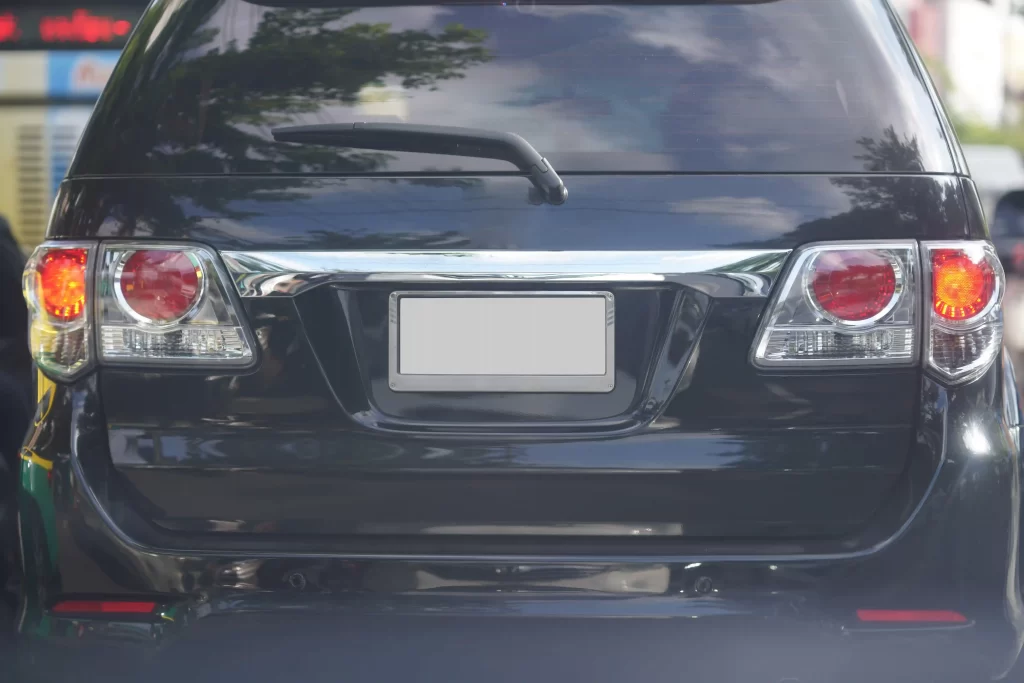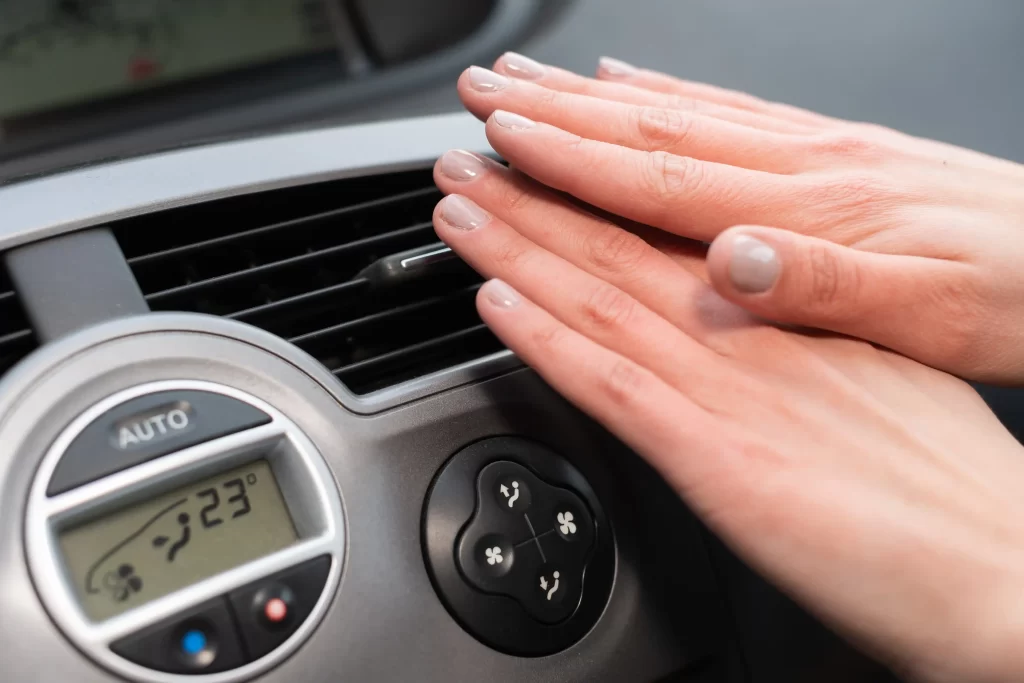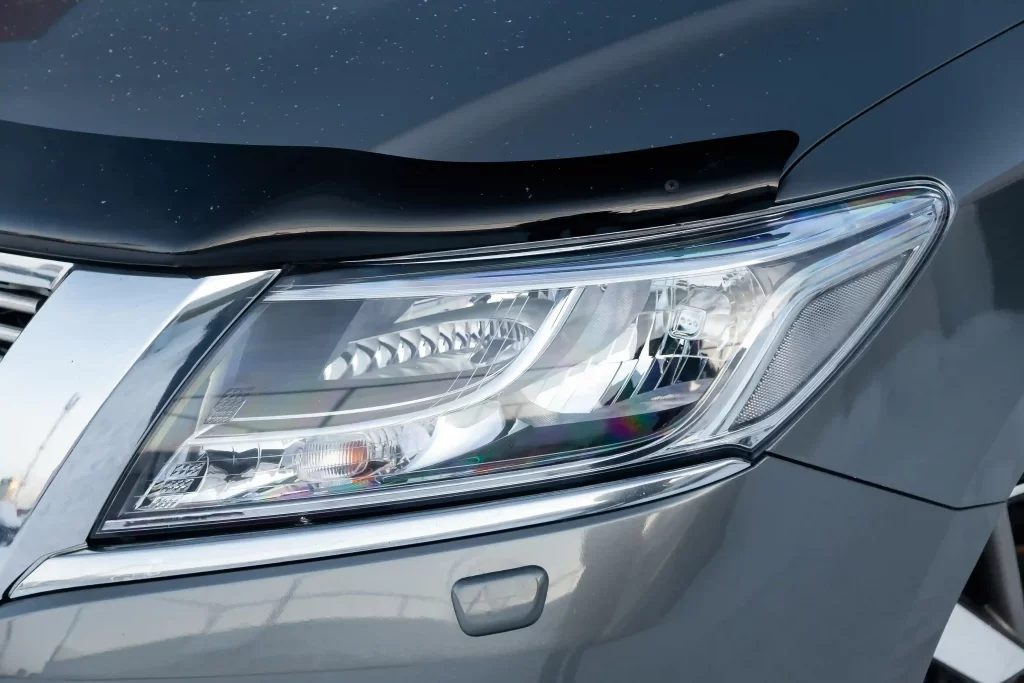Among all the components of a car part, none combine beauty and functionality as beautifully as the tail lamp. Placed on a vehicle at the rear, the tail lamp is the safety guard, yet also a designing feature of the vehicle body. Modern tail lights are more than a red glow, however—modern lighting systems with new materials, intelligent signaling features, and modern design. In this post, we talk about the critical role of tail lights, their design features during production, the various types, the material it is made of, and what to do when you are repairing or replacing them.

The Safety Role of Tail Lamps in Modern Vehicles
Most of all, the foremost purpose of a tail lamp is ensuring your own safety and safety of other drivers. Taillights turn on under low light conditions and have a crucial role to play in road visibility and driver-to-driver indication.
Visibility and Prevention of Rear-End Collisions
Tail lamps help to make your car visible to other drivers, most notably when driving at night or during poor weather. Upon turning on the headlamps, the tail lamps are automatically turned on and emit a steady red beam. This helps to make the car visible from the rear so that following vehicles will be able to keep distance. Without working tail lamps, other drivers behind may not notice your car in time to respond, creating more chances of accidents.
Integration of Brake and Turn Signals
Tail lights will usually be accompanied by a second set of functionalities such as brake lights and turn signals. Every time the brake pedal on the brake side of the tail lamp assembly releases a stronger red signal to indicate deceleration. Yellow or amber caution lights flash in sequence to indicate that the vehicle is about to turn or change lanes. All these combined systems guarantee effective communication between users of the road.
Compliance with Road Safety Standards
The laws of automobile safety in most countries require tail lamps to meet certain brightness, color, and positioning standards. Tail lamp systems are designed by manufacturers for application to meet such standards for the best effectiveness and road-worthiness. This ensures that regardless of whether a car is brand new or fitted with aftermarkets tails, they possess legally acceptable levels of safety.

Tail Lamp Design Evolution: From Function to Fashion
Tail lamp styling has evolved significantly across the decades, from simple bulb-based systems to sophisticated, designer-configuration light shapes that add to the styling of vehicles. Contemporary tail lamps serve a car well, and designers spend considerable time refining their shape.
Sleek and Geometric Housing Designs
Tail lamp casing styling is also becoming increasingly creative with angular and sculpted shapes to complement the vehicle’s curvaceousness. Flattened rectangle styling is no longer the order of the day, with tail lamps smoothly integrating into the rear body panels and providing an integrated look. Other than the aerodynamic benefit of this streamlined look, it is also in harmony with current vehicle styling.
Advanced Reflector and Light Guide Technologies
Contemporary luxury tail lights use advanced reflector technology and light guides to cast more even light coverage onto the lens. Such systems make blind spots in the light disappear and ensure consistent lighting performance across the surface. This enhances visibility as well as offers a sophisticated, signature lighting look that is synonymous with luxury and high-performance vehicles.
LED and Sequential Lighting Effects
LED lighting has brought dynamic elements to rear lights. Gone are the traditional on-off signals, as today’s rear lights include sequential turn signals, welcome animation light, and fade-in brake light. The advantages are not only enhanced visibility but also a technological sense that appeals to drivers. Rear lights are now an artistic platform for light design and storytelling.
Types of Tail Lamps: Choices for Every Vehicle Style
There are various tail lamps out there today with varying performance, durability, and appearance. The selection differs depending on the make, use, and style of your car.
Halogen Tail Lamps
Halogen rear lights were installed on most vehicles at some stage or another. Halogen gas-filled lamps are used by these, and they’re cheaper to manufacture. While still installed on most older vehicles, they’re being replaced by more efficient solutions. Halogen headlights are easy to install but draw more power and have a shorter lifetime.
LED Tail Lamps
LED rear lamps are the norm now as they are brighter, longer-lasting, and consume less power. They are efficient at operating over a wide range of temperatures, which implies that they can be used in most driving conditions. Their compactness also enables designers to create thinner and more complex lamp shapes.
OLED and Fiber Optic Tail Lamps
Today’s luxury cars feature OLED (Organic Light-Emitting Diode) and fiber optic rear lights. These serve razor-thin profile designs, uniform light, and programmable light signatures. These are more expensive but offer state-of-the-art visual definition and typically carry a car design label that is futuristic in nature.
Material and Construction: The Foundation of Tail Lamp Durability
Tail lamps must be tough in order to withstand repeated exposure to the external world of sunshine, rain, dirt, and vibration. Manufacturers today make use of high-tech materials to impart everlasting toughness and optical clarity.

Polycarbonate Lens Covers
Polycarbonate is used by the majority of today’s tail lamp covers due to its hardness, impact resistance, and clarity. Polycarbonate can be easily molded into complex geometries and is more UV-resistant when coated. It makes the lens clear and not yellowing and cracking after a very long span of time.
Heat-Resistant Housing Materials
Tail lamp housing must be designed to protect interior parts from heat generated by LEDs or bulbs. New plastic materials are used to cool interior parts without compromising structural strength. They do not melt or warp, particularly under high heat or extended use.
Waterproof and Sealed Assemblies
Tail lamps must be sealed against moisture penetration. Gasket seals and ultrasonic welding are nowadays employed by manufacturers for water sealing. This eliminates fogging, wiring corrosion from the inside, and condensation failure—absolutely necessary during rainy or damp weather.
Tail Lamp Maintenance and Replacement Considerations
Though tail lamps are made to be durable, proper maintenance and occasional checking is required in order to maintain them at their best over the long term. Defective, worn-out, or failed components have to be repaired for reasons of safety and legality.
Regular Inspection and Cleaning
It must be checked for cracked lenses, dirt or dust accumulations, or blown bulbs every now and then on the tail lights. An inadequately shaded lamp will compromise vision and safety. A mild cleaner will maintain the lens free from obstruction, and moisture seepage into the seal checked will retain it effective.
Choosing Aftermarket vs. OEM Replacements
If replacement of the tail lamp is necessary, the owners can go for OEM or after-market designs. High-end after-market tail lamps normally come with additional features such as LED upgrade or customized designs. But prior to taking your call, they should be in compliance with local safety standards and properly fit your car.
DIY Installation and Professional Assistance
All of the tail lights are plug-and-play to install but usually with new vehicles. With those newer light kits with on-board computers, get them professionally installed so that you won’t connect them incorrectly and seal the unit well so water won’t seep in. Pre-wired connector kits and guides can make it a snap.
Illuminate Every Move with Hengming’s Tail Lamps
With every turn, every stop, and any road span, Hengming’s Tail Lamps make you stand out boldly and assuredly. Designed to be durable and conspicuous, these tail lamps combine precise optics with stout build power to endure the neglect of everyday driving stresses. To step up to a slimmer, LED-specified assembly, or replace a worn factory light, Hengming tail lamp replacements quietly integrate into your car’s rear appearance. From sharp signal visibility and steady brake illumination to moisture-sealed housings and fade-resistant lenses, each detail is engineered for safety and style. Designed to meet the rhythm of modern roads, Hengming’s Tail Lamps are not just lighting components—they’re rearward statements of intent, reliability, and motion. Day or night, rain or shine, your message is clear—drive forward, we’ve got your back.
Conclusion
In short, the tail lamp is arguably the most critical and under-recognized component of a car. It serves important purposes—making sure to be seen, helping in the interaction between drivers, and meeting legal requirements for safety. In the process, it also has a highly influential role to play in the appearance of a car, especially with technologies like LED and OLED lights in progress. With the development of new materials, refined designs, and integrated functions, tail lamps are no longer just rear lights—they are smart, stylish systems that merge aesthetics with practicality. Whether you’re looking for a high-performance aftermarket upgrade or simply maintaining your current system, understanding the role and evolution of tail lamps ensures that your vehicle remains safe, legal, and visually impressive on the road. Welcome to visit us at Mercedes-Benz BMW Headlight, tail light mill, body kit OEM&ODM factory manufacturer to learn more details.

